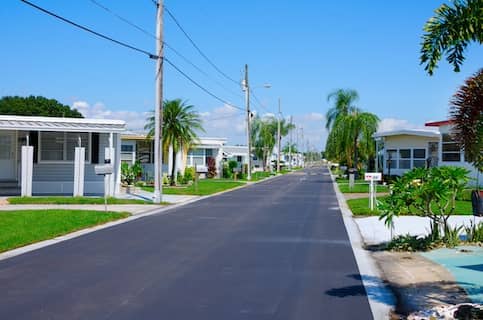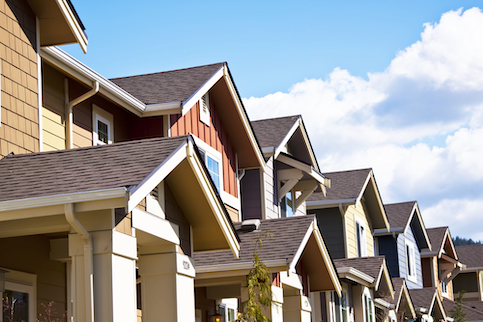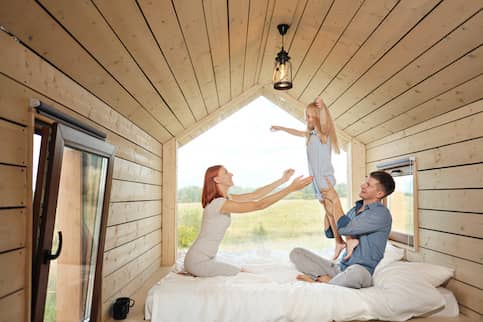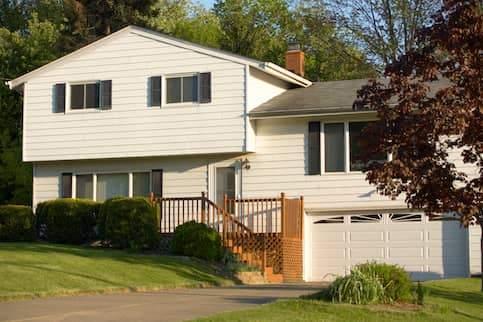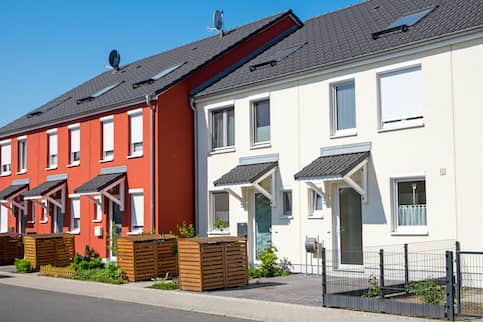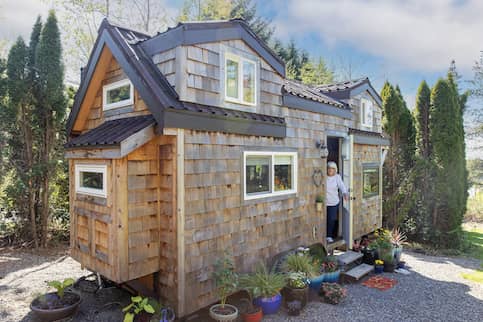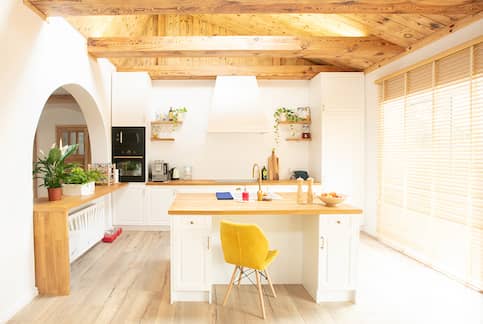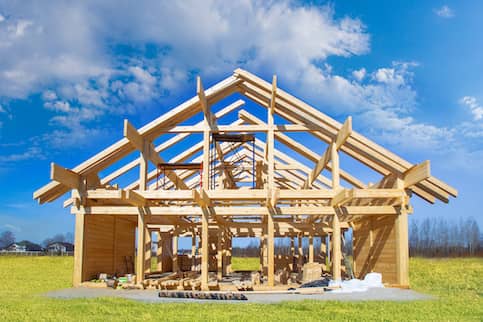Semi-Detached House: Everything To Know Before Buying
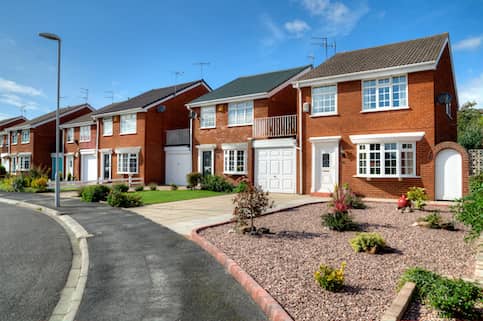
If the perks of a single-family residence appeal to you but the price tag doesn’t, the best of both worlds is obtainable in another property type: the semi-detached house. This housing arrangement allows for efficient land use while providing separate living spaces. With noise insulation and increased privacy over townhouses, semi-detached houses strike a balance between detached homes and more affordable housing options like condos. Here are the pros and cons of this housing style, including factors such as affordability, space, maintenance and community connections.
What Is A Semi-Detached House?
A semi-detached house is a type of home that shares one common wall with another home. In other words, it’s a single-family home with a wall that joins another house. The shared wall between the two units provides structural support and serves as a boundary between them. This arrangement allows for the efficient use of land and construction materials while providing individual living spaces for each unit. The common wall helps insulate noise between the two units, providing a certain degree of privacy.
You can find semi-detached houses in many residential areas, mainly suburban neighborhoods. They offer a balance between the privacy of a detached house and the affordability and shared costs of a condominium or townhouse.
Semi-Detached Home Vs. Detached Home
Unlike detached houses, which have no shared walls, semi-detached houses are distinct living spaces that connect to the next-door home. Each unit has its own entrance, living spaces and yard. In addition, semi-detached houses are usually mirror images of each other in terms of layout and design.
On the other hand, detached homes are separate from other buildings and dwellings. Furthermore, they have distinct designs and don’t provide entrances to other homes. As a result, they have increased privacy and typically cost more than semi-detached homes.
See What You Qualify For
Home Purchase
Home Refinance
Tap Into Equity
Pros And Cons Of Semi-Detached Housing
Living in a semi-detached house has advantages and disadvantages, as shown in the following breakdown.
Pros
- May be more affordable compared to a more traditional single-family home, creating housing opportunities with families on a modest budget
- Potentially more space than a townhouse or condo
- More privacy than an apartment, with an insulated wall to separate units
- Distinct outdoor areas provide opportunities for individual gardens, yards and spaces for pets
- Usually found in residential settings, fostering community connections
Cons
- Less privacy compared to detached homes
- Greater potential for noise issues compared to detached homes
- Reduced curb appeal
- Cooperation from your neighbor may be necessary to conduct repairs
How Much Does A Semi-Detached House Cost?
The cost of a semi-detached house can vary significantly depending on various factors such as location, size, condition, amenities and local housing market conditions. Prices can differ significantly between regions, countries and even within different neighborhoods of the same city.
In general, semi-detached houses are more affordable than detached houses, but they can still vary in price. For example, in some suburban areas, a semi-detached house may be priced lower than a detached house but higher than a townhouse or condominium.
Semi-Detached House FAQs
Here are some frequently asked questions about semi-detached houses to enhance your understanding.
What’s the difference between a semi-detached home vs. a townhouse?
Semi-detached homes typically provide more square footage and a larger yard than a townhouse, even if you share the lot with your neighbor. In general, a semi-detached home is more spacious while remaining cost-effective.
Is a semi-detached home the same as a duplex?
A duplex is a building with two residential units stacked vertically or joined horizontally, while a semi-detached home consists of two houses sharing a common wall. In addition, a single owner usually rents out a duplex, but separate individuals or families can own each unit of a semi-detached home. Lastly, duplex units often share common infrastructure, fostering interdependence, whereas semi-detached homes offer more independence with separate utility connections and systems for each unit.
Where can I find semi-detached housing?
Although semi-detached housing is widespread in England, this home type is also available in the United States. As a result, you can find semi-detached housing in the same areas as traditional single-family housing, including suburbs, new developments and established urban neighborhoods.
The Bottom Line
A semi-detached house shares a wall with a connected home. However, because of its individual entrance, yard, utilities and living space, it functions like a detached family home. Plus, the shared border with another home reduces housing costs. As a result, these homes have a combination of affordability and privacy unique from townhouses and condos. If you’re ready to pursue a semi-detached home or another type of residence, today by qualifying for a mortgage.
Find A Mortgage Today and Lock In Your Rate!
Get matched with a lender that will work for your financial situation.
